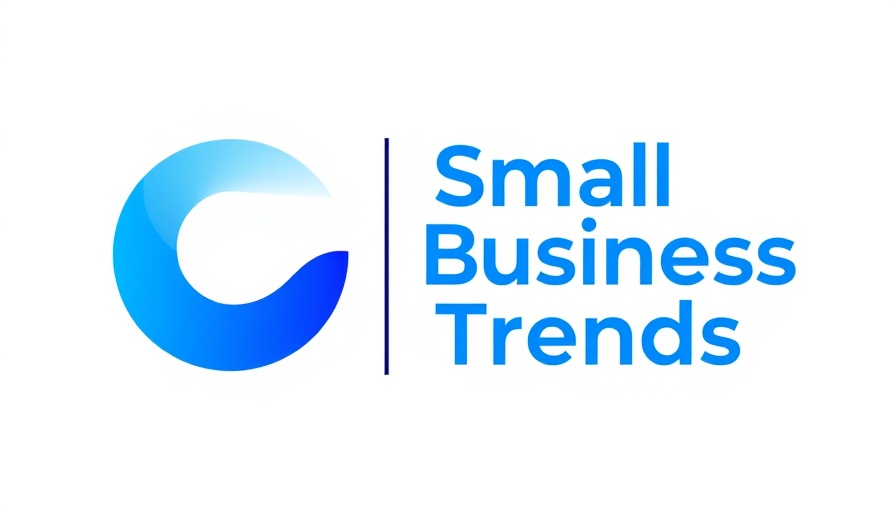
Unpacking the Slowdown: Why Small Business Sales Are Stalling
As we delve into the challenges facing small businesses in 2025, a notable trend arises: sales are slowing significantly, impacted by external economic factors such as tariffs and new SBA regulations. According to BizBuySell's Q2 2025 Insight Report, the transfer of ownership in small businesses has dipped by 4% year-on-year, creating a wave of uncertainty within the marketplace and reshaping buyer-seller dynamics.
Understanding the Market Landscape
This decline in business-for-sale transactions, now at 2,342 in the quarter, comes following robust activity in early 2025. The momentum has waned after the introduction of new tariffs targeting imported goods, raising concerns particularly among small businesses that depend heavily on global supply chains. As Dustin Zeher from Horizon Business Brokers noted, the hesitance among buyers is largely attributed to uncertainty about how these tariffs will affect the financial performance of potential acquisitions.
The Impact of Rising Costs
Business owners are already feeling the pressure of increased costs, with 46% reporting higher input costs due to tariffs. Furthermore, inflation remains a persistent issue, affecting 55% of small businesses. To navigate these rising expenses, many owners have opted to raise their prices; however, this has resulted in mixed reactions from consumers. As Drew Vennemeyer from Dwell Construction highlighted, some customers are understanding of market pressures, while others have difficulty adjusting to higher prices.
Changing Buyer Behavior
This heightened uncertainty is influencing buyer behavior, which is leaning towards smaller, less risky deals. The median sale price for businesses has dropped by 6% to $352,000, while median cash flow has seen a decline of 2.6%. The impact of tightened lending criteria and shifting financial expectations complicates the landscape further, with buyers now showcasing a preference for transactions that appear less risky.
SBA Loan Challenges: A New Hurdle
Further complicating the sales environment are recent changes to SBA regulations which were implemented on June 1, 2025. The new guidelines shift the structure of seller notes, allowing them to cover only 50% of the buyer's equity. This change has significant ramifications; not only does it mean sellers cannot expect repayment until the SBA loan is fully paid, often taking decades, but it also poses considerable challenges for seller financing, which is crucial for many transactions.
Diverging Expectations: Buyers vs. Sellers
The regulatory changes have introduced a mismatch in expectations between buyers and sellers. While 62% of buyers anticipate seller financing as a standard part of the deal, only 23% of sellers are willing to offer it. This discrepancy, combined with the impact of new regulations, has led to longer sales cycles—now averaging 12 days more than before, according to business brokers.
Strategic Options for Sellers and Buyers
Amid these challenges, there are strategies that both buyers and sellers can pursue to navigate the current landscape. Experts recommend structuring seller notes as supplemental elements rather than as part of the equity, to facilitate repayment and show confidence in the deal. Buyers are also encouraged to demonstrate their financial readiness through prequalification, indicating serious intent and preparedness in their acquisition efforts.
Future Outlook and Opportunities
The current market may seem challenging, but it also presents opportunities for small business owners willing to adapt. The demand for good businesses remains strong, and those navigating the complexities of the market may find themselves well-positioned for success. As highlighted, successful transactions will depend on clear communication between buyers and sellers regarding financing options and the overall economic environment.
Concluding Thoughts
In summary, the intersection of tariffs and revised SBA rules has led to increased hesitation among buyers and a notable slowdown in small business sales during Q2 2025. Owners are feeling the pinch through rising costs and changing consumer behavior. As the market adapts, leveraging creative strategies and open communication can offer pathways to successful transactions. Stay informed and condition your strategies according to the evolving landscape to better position yourself in this competitive environment.
 Add Row
Add Row  Add
Add 



Write A Comment